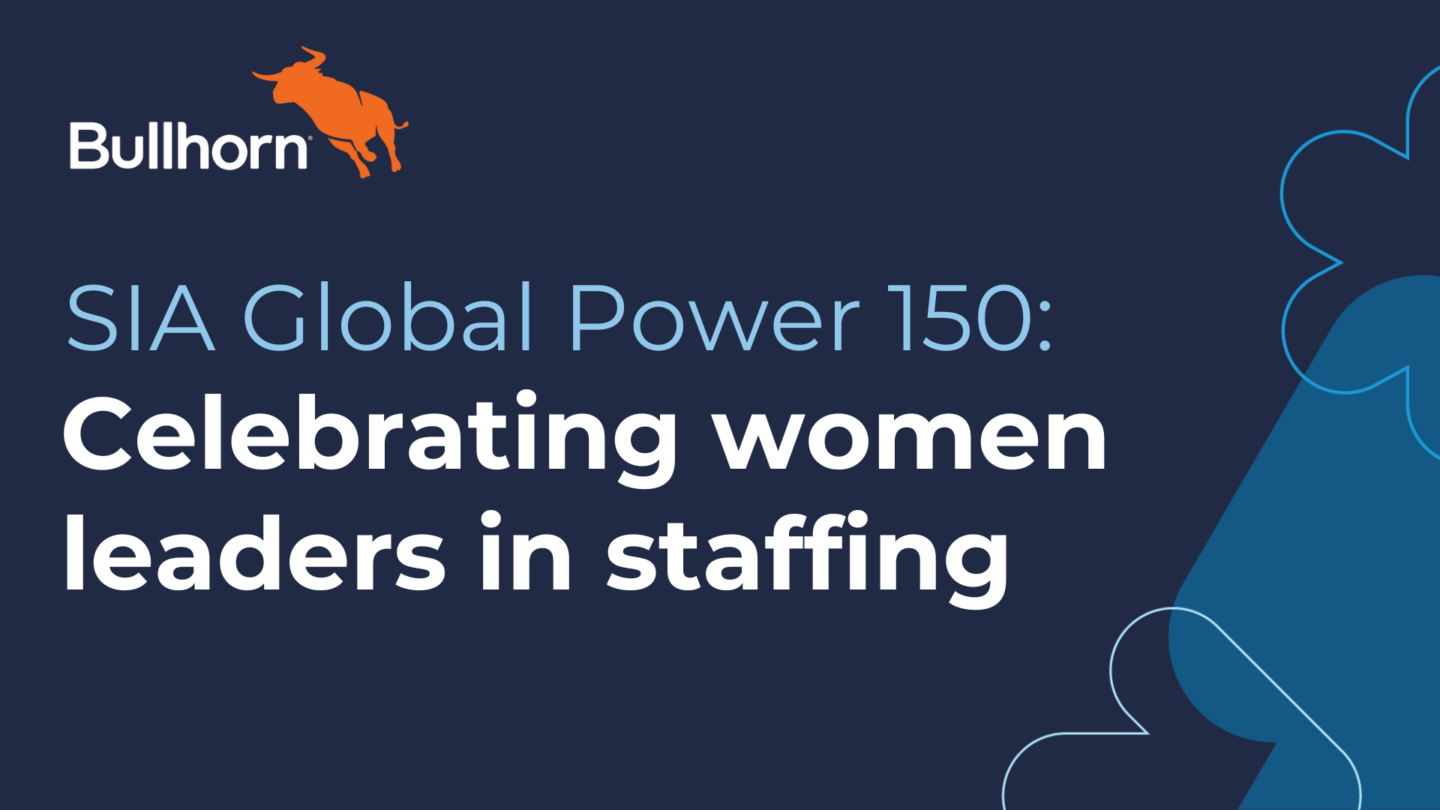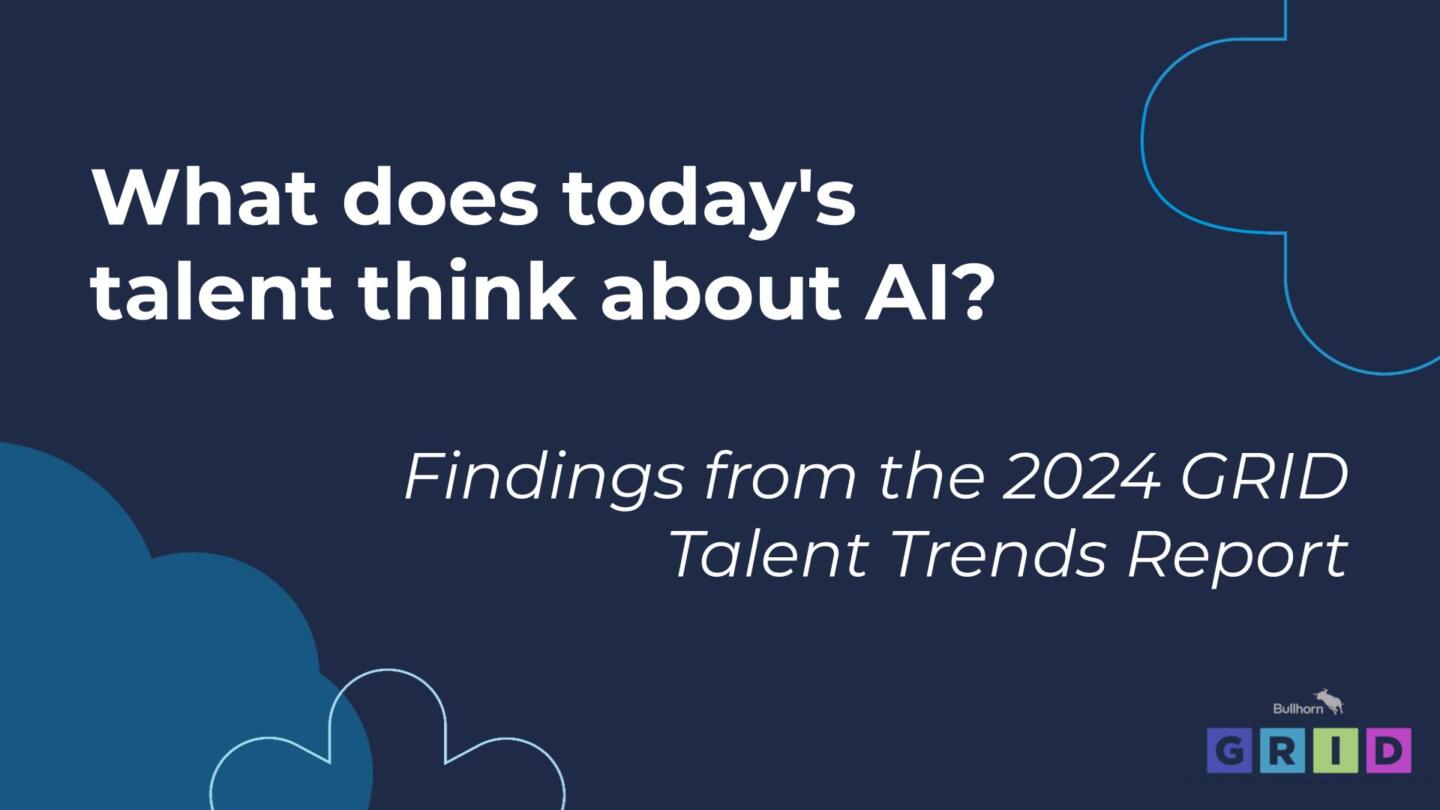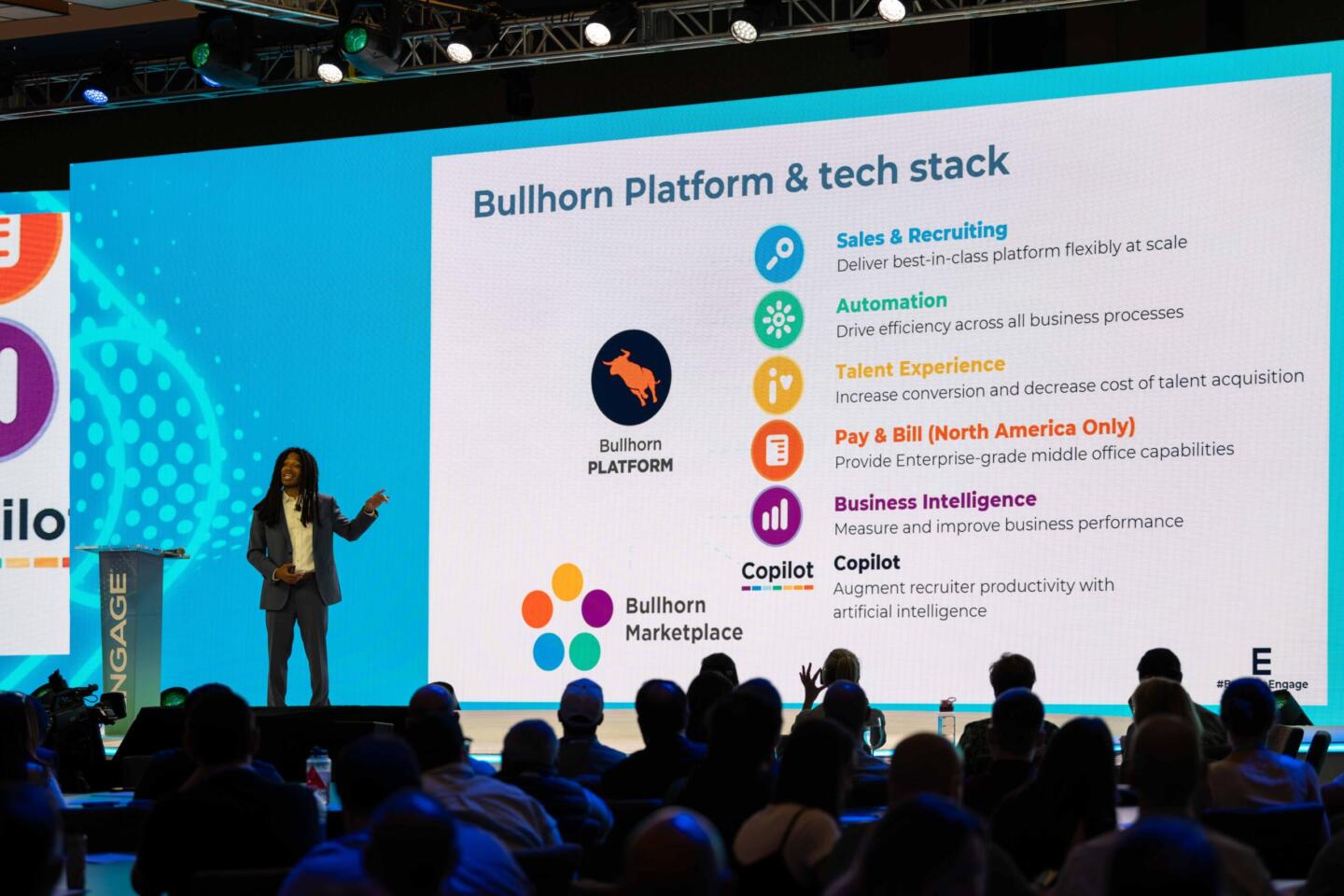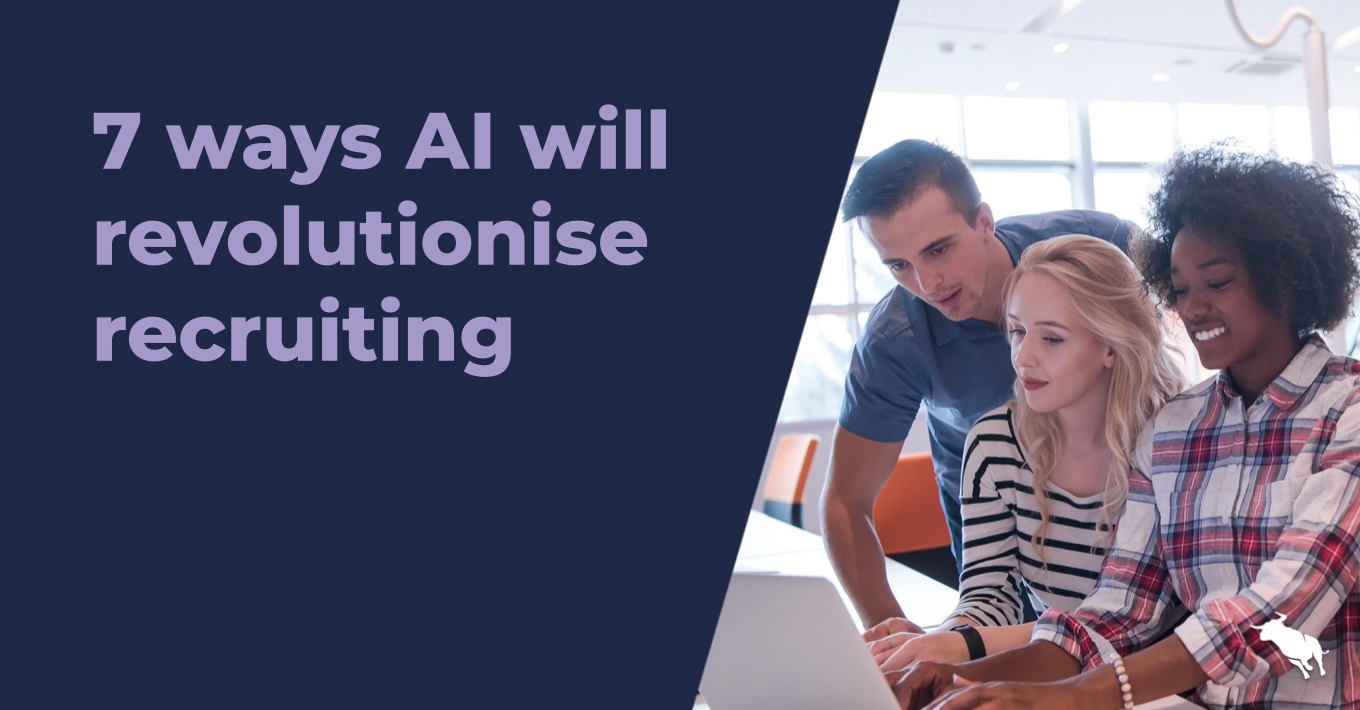Automation and Relationships – Can you have both?

I’m sure we can all agree that we’ve been through an interesting few months, with some uncertainty still lingering. 2020 has certainly proved to be a year like no other. There’s a lot happening in the world and many of us are now adjusting to new ways of working. For example, here is my attempt at a home workstation (yes, that’s an upside down basket):

It’s certainly above my pay grade to offer up advice on the current state of affairs, but what I do know is that uncertainty gives us a chance to evolve and innovate where we otherwise may not have. I was fortunate enough to have the chance to chat with a number of business leaders recently about this at Engage Sydney 2020. Although still positive, there seemed to be a general sentiment that 2020 may not prove as fruitful as years gone by. Ever the optimist though, I believe there to be a silver lining in almost all situations, so here are a few of my learning’s from recent weeks:
Combating Recruitment Complexities
Mark Smith, Managing Director of people2people, discussed managing through uncertainty and that we need to focus on what we know works. For those manual drivers amongst us (dying breed I know), his analogy was to drop it down a gear, up the revs and get up the hill. Janine Ellis, Founder of Boost Juice and Retail Zoo, also shared her top 10 career tips, one of which was, what she considers, the seven most expensive words in business “we have always done it that way”. Janine used the example of Blockbuster, who didn’t know they had a problem until it was too late. They were just operating the way they always did, but were overcome by Netflix disrupting their industry.
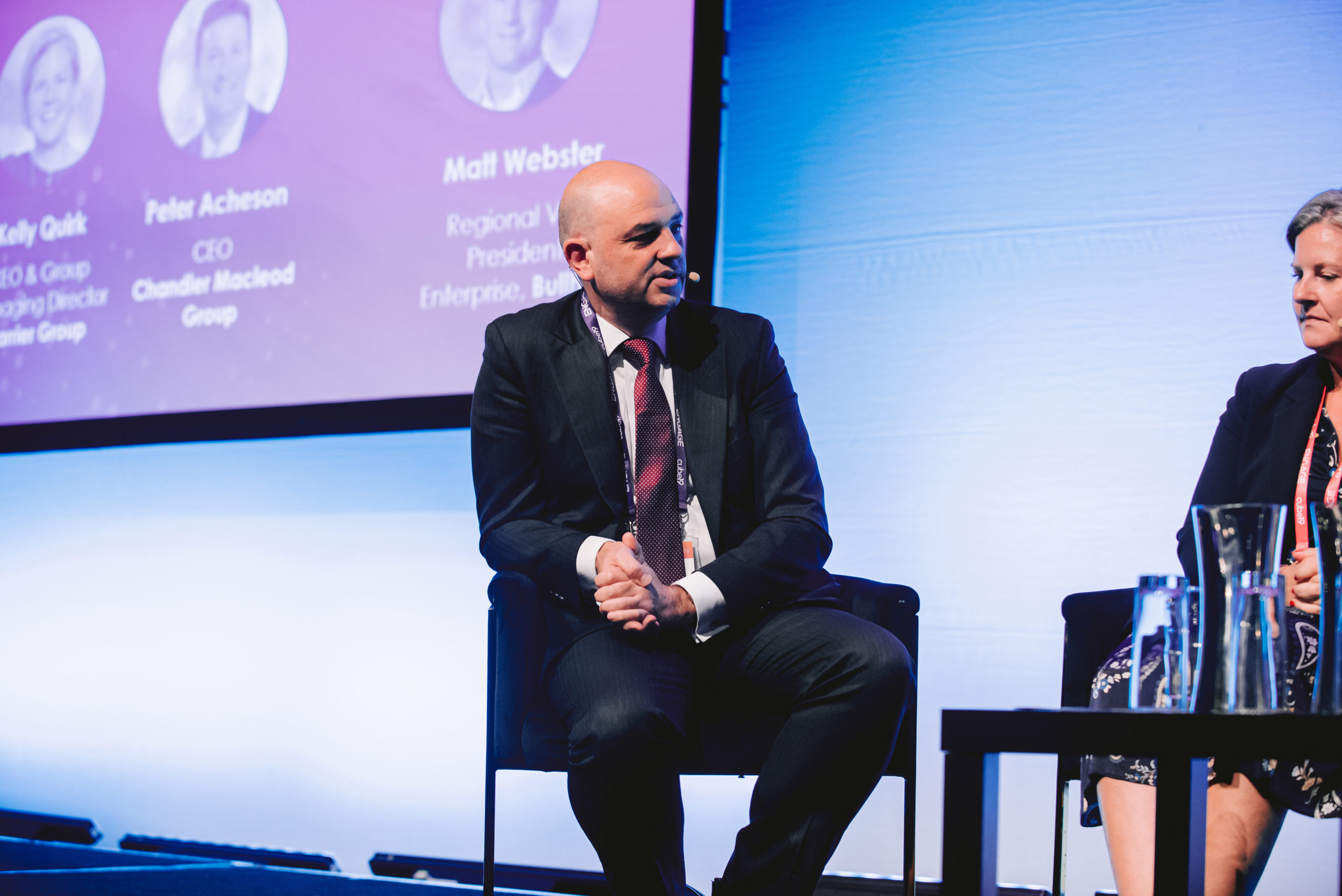
On the surface, do these two takeaways work together? Probably not; on one hand, doing more of what you know works ensures you’re able to carry pace up the hill. On the other hand, adopting a ‘we’ve always done it that way’ approach will be the most expensive lesson you’ll learn in business. Contradictory to say the least. All things considered, we would all agree that certain activities are fundamental to the success of a recruitment business. Equally the world around us is changing as fast as it ever has and we need to stay attuned to that.
Strive for More Innovation
Recruitment being a relationship driven industry however, may be perceived by some to be incompatible with the mainstream adoption of disruptive new technologies. Why?! Well, because ‘that’s the way we’ve always done it’. I think the little girl from the Old el Paso ads said it best though – ‘why don’t we have both?’ What if she’s right? What if we can have both and up the “revs” on the activities we know work, whilst still being disruptive? In my opinion, we can. Cue, automation.
Firstly, let’s just agree that the metrics that matter in recruitment are generally centered around engaging and nurturing your key relationships – both clients and candidates. The problem (and the opportunity) is that we all only have so many hours in the day to actually track the activity and take action on the required follow-ups.
Either consciously or subconsciously, far too many agencies hope that doing more will equal more, however simply ‘doing more’ may very quickly reach a point of diminishing returns. These agencies tend to be either unwilling or unable to invest the effort in approaching things differently. They are in a sort of business purgatory – They don’t have the available resources of a large business or the innovative ability of a smaller, more nimbler agency. So what’s the solution? Just work smarter not harder then. Easy enough, right? But sometimes we’re simply too busy to see the better approach staring us right in the face. Enter caveman:
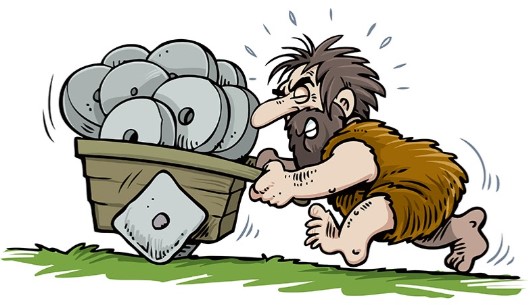
The Automation Opportunity
So there’s the million dollar question, how can we have both hard and soft tacos at the same time? The answer is: Automation.
Automation is the ability for technology to replace a manual action previously needed to be performed by a human. Automation gives you reach beyond what you could otherwise achieve in a normal working day, offering up opportunities you didn’t even know you had. There are literally millions of use cases to support this. So, consider this opportunity, what if you could double or triple the output of each of your team members? This isn’t as far fetched as you may believe . There are small tech savvy businesses out there currently disrupting the status quo by offering new and highly automated business models, which are most likely cheaper. If you’re not thinking about this, you’re already behind.
The undertone to this is most people’s inherent fear of failure – ‘What if we tried something new and it doesn’t work out?’ Sure it may not, but the alternative is that you just sit tight in your process purgatory, ever hopeful that things will turn around by themselves. Reality is, they won’t. But just ask yourself, why do you do it that way? Most business processes are just a form of legacy, initially coming about through necessity at some point. Think about key societal developments over the years – fax, phone, email, TV, job boards, social media (the list goes on), it became a requirement, then it stuck.
Bigger than this, society as a whole has pushed forward as innovative people constantly challenged the way things were always done. Henry Ford’s horseless carts changed the world as he knew it. His problem wasn’t to find faster horses, but to remove horses altogether. Ford aside, rarely is innovation so grandiose. It’s generally more incremental in nature, achieved via marginal gains. A once off 100% gain in efficiency is rare, but one hundred different 1% gains is certainly achievable by most. Thomas Edison (also the eternal optimist), famously never failed, he just found 10,000 ways not to make a light bulb. This is true innovation. The point here is that you just need to try first, fail if need be, but ensure you learn from the experience to push forward.
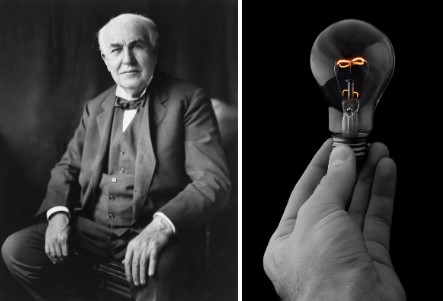
I may be wrong but you can’t automate building relationships, so as Mark Smith says “there will always be a place for those key activities which drive the relationship economy”. Equally, taking Janine’s advice, we can’t just keep doing the same thing and expecting different results. Albert Einstein called that insanity. Automation brings both of these perspectives together and there is technology available right now that enables you to be creative, disruptive and innovative in an industry that is fundamentally about building relationships. It’s a balancing act, but it can be done and if you get it right, opportunity abounds.


